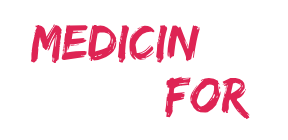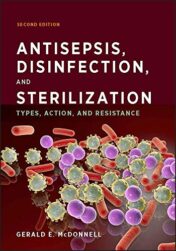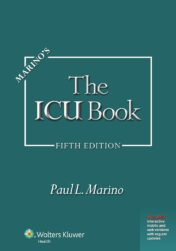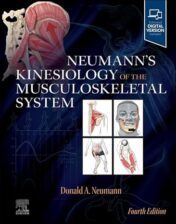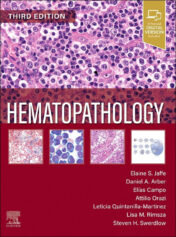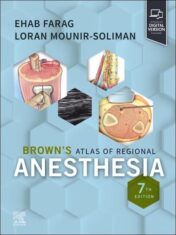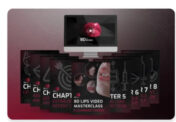- Evaluating the efficacy of chemical antiseptics and disinfectants, and of physical methods of microbial control and sterilization.
- Understanding how to choose the proper biocidal product and process for specific applications.
- Classic physical and chemical disinfection methods, such as heat, cold, non-ionizing radiation, acids, oxidizing agents, and metals.
- Newer chemical disinfectants, including, isothiazolones, micro-and nano-particles, and bacteriophages as control agents.
- Antisepsis of skin and wounds and the biocides that can be used as antiseptics.
- Classic methods of physical sterilization, such as, moist heat and dry heat sterilization, ionizing radiation, and filtration, along with newer methods, including, the use of plasma or pulsed light.
- Chemical sterilization methods that use ethylene oxide, formaldehyde, or a variety of other oxidizing agents.
- A detailed look at the modes of action of biocides in controlling microbial growth and disrupting microbial physiology.
- Mechanisms that microorganisms use to resist the effects of biocides.
The second edition of Antisepsis, Disinfection, and Sterilization: Types, Action, and Resistance is well suited as a textbook and is outstanding as a reference book for facilities managers and application engineers in manufacturing plants, hospitals, and food production facilities. It is also essential for public health officials, healthcare professionals, and infection control practitioners.
